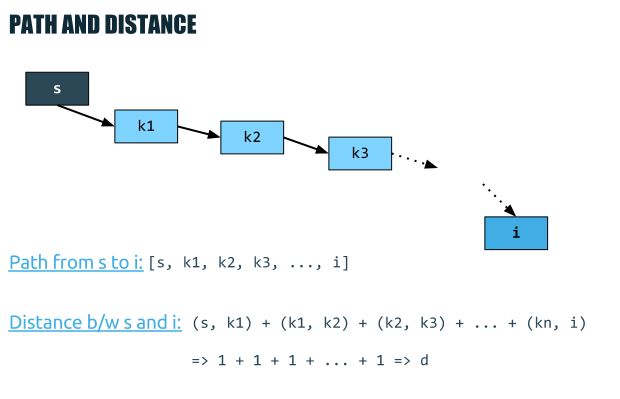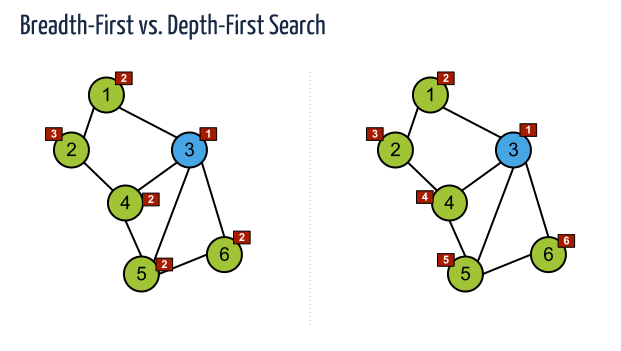Introduction
We already know how we can find the shortest paths in a graph starting from a given vertex. Practically we modified breadth-first search in order to calculate the distances from s to all other nodes reachable from s. We know that this works because BFS walks through the graph level by level.
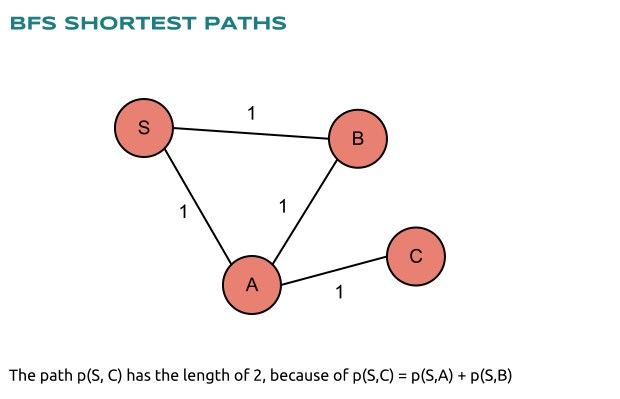
Some sources give a very simple explanation of how BFS finds the shortest paths in a graph. We must just think of the graph as a set of balls connected through strings.
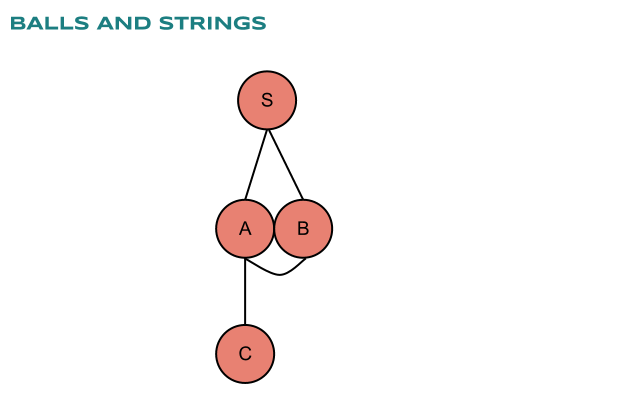
As we can see by lifting the ball called “S” all other balls fall down. The closest balls are directly connected to “s” and this is the first level, while the outermost balls are those with longest paths.

Clearly edges like those between A and B doesn’t matter for our BFS algorithm because they don’t make the path from S to C through B shorter. This is also known as the triangle inequality, where the sum of the lengths of two of the sides of the triangle is always greater than the length of the third side.
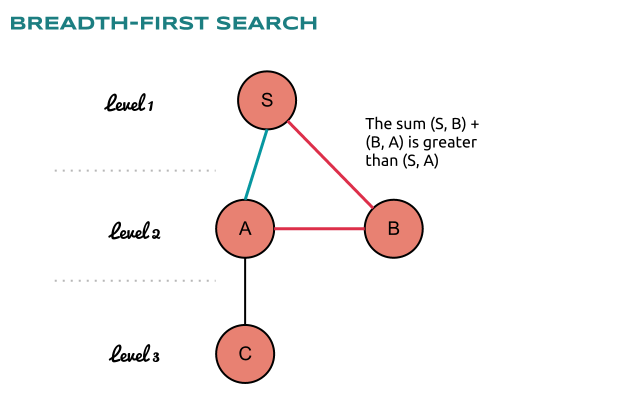
We must only answer the question is BFS the best algorithm that finds the shortest path between any two nodes of the graph? This is a reasonable question because as we know by using BFS we don’t find only the shortest path between given vertices i and j, but we also get the shortest paths between i and all other vertices of G. This is an information that we actually don’t need, but can we find the shortest path between i and j without that info? Continue reading Computer Algorithms: Dijkstra Shortest Path in a Graph
